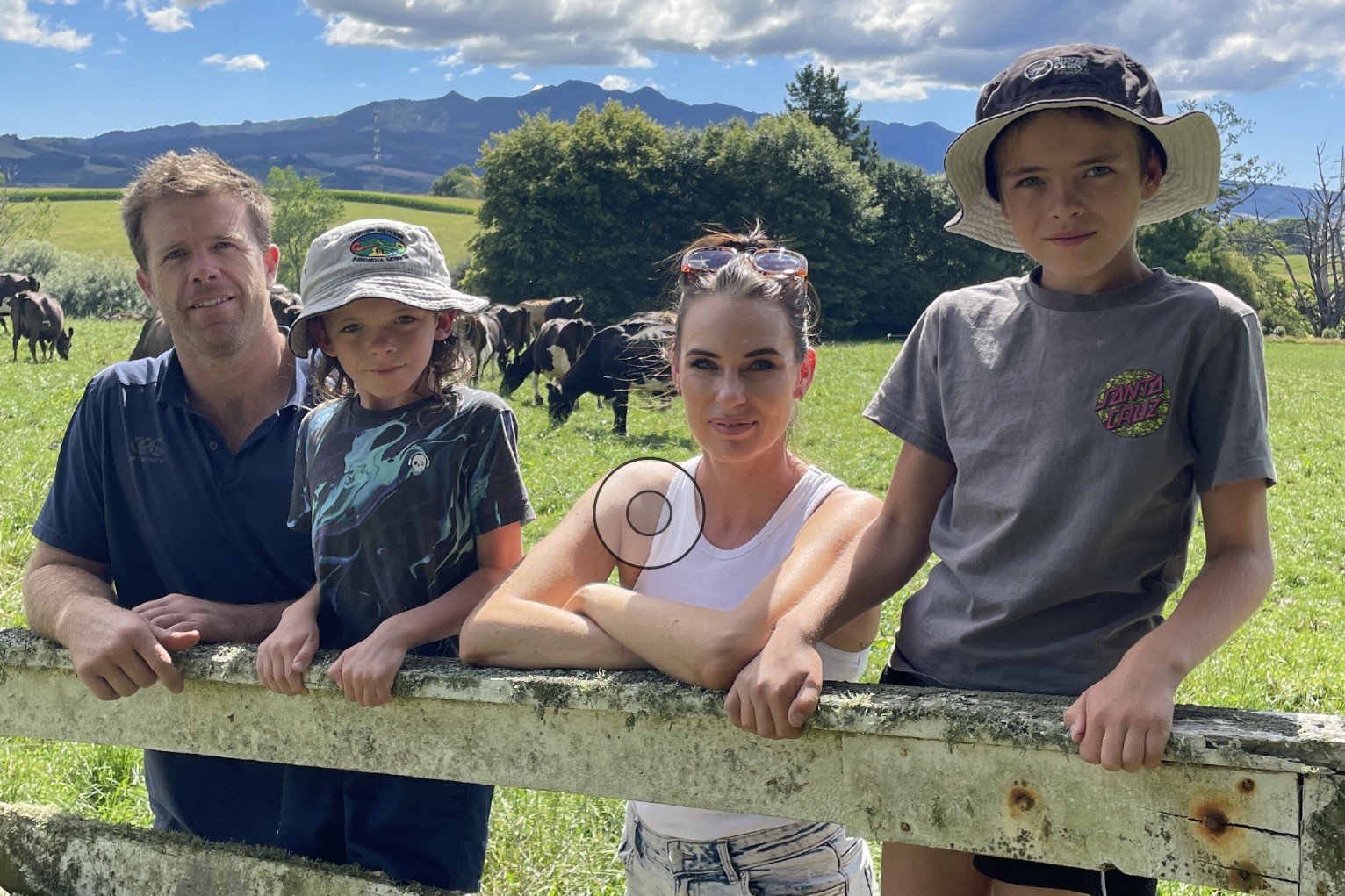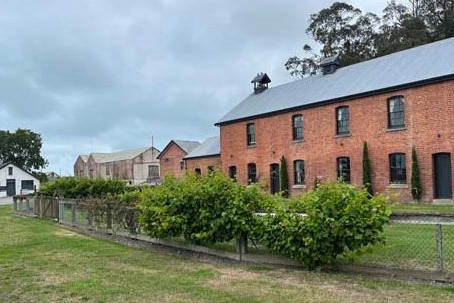Words and photos by: Chris Neill
Graeme and Carol Edwards continue to make clear choices about where they live and the business they operate.
Their 240-hectare farm, of which 125 is effective pasture, is surrounded by steep hill with both native and exotic forest cover, located at the north western extremity of a traditional mid-Northland dairy district, providing a relatively low investment base to achieve their primary KPI of return on asset. The other key ingredient to achieving this is a simple, low-cost farming system.
The Opouteke River, which is highly rated for biodiversity, bisects their farm and has large, mature riparian margins and plants.
To maintain compliance and prepare for harvesting their own pine plantation, the river needed to be bridged. The siting of this led to a new 26-a-side herringbone cowshed and associated dairy effluent system, effectively changing the whole farm configuration. It is a farm development investment that made economic and environmental sense.
Milking 250 high BW (167/55) and PW (198/64) cows once a day for the whole season has produced about 70,000kg milksolids (MS) annually for the past five years. Predominantly a kikuyu farm with most of the farm undersown with annual rye to cover the shoulders of slow growth, and around 5% in turnip crop, the cows are harvesting about 7.5 tonnes drymatter (DM)/ha.
Nitrogen is usually applied in spring and late autumn at 100kg/ha. Silage is harvested when surplus pasture is available and palm kernel is used strategically averaging 150kg DM/cow. Recent changes in weather patterns have placed greater reliance on the use of silage, crop and as a last resort, palm kernel, through summer.
In keeping with Carol and Graeme’s low-cost philosophy, farm working expenses for the past three years have been $4.01, $4.01 and $3.66/kg MS. This includes the cost of a farm manager plus calf rearer and relief milker.
Graeme and Carol have established a Jersey dominant herd that is genetically rated in the top 4% for BW and they want to maintain this. They also want to reduce the number of bobby calves sold from the farm and increase the value of dairy beef sales from an additional 150ha property recently purchased as a run-off and dry stock unit.
The business has been using a simple programme of short gestation Hereford across the bottom of the herd. To ensure high ongoing genetic merit of replacement dairy heifers and to maximise the number and value of beef calves born, they are targeting a calf crop with 29% replacements, 12% Wagyu, 35% Hereford and 24% bobby. To achieve this, their mating plan with a PSM of 7 October is:
October 7 to October 22 (16 days)
- Sexed semen to cows of BW>167 (approximately 60% of herd)
- Wagyu to bottom 40% that are 5 parts Friesian or more (approximately 15%)
- Remainder to short gestation Hereford (approximately bottom 15%)
October 23 to November 12 (21 days)
- Premier sire Jersey to BW>195 (approximately 30%)
- Remainder to short gestation Hereford
November 13 – bull out
Their plan is based on the herd’s high genetic merit and confidence that cows and heifers will be in the appropriate body condition to have a high in-calf rate.
The December SMASH (Small Milk and Supply Herds) field day held on Graeme and Carol’s farm attracted attention for their dairy enterprise and diversification into bananas. Encouraged by their son, Dr Paul Edwards, a scientist with DairyNZ, bananas were introduced for their ability to grow in Northland and high demand for nitrogen and potassium. Paul’s calculations indicated that all the farm’s effluent could be absorbed by planting 4% of the farm, 5ha in bananas. A new weeping wall effluent system was installed with the new cowshed. This separates the solids which can be applied to crop paddocks from the high N and K green water which could be drip irrigated to the bananas.
Misi Luki variety were selected for their hardiness and disease resistance and 60 stems were planted in November 2018. The initial plan was to grow bananas for human consumption. A reality check around the demands this would place on them to manage and harvest the crop then access a market for their product saw a change in plan.
The bananas continue to thrive and absorb effluent while an AgResearch project led by Grant Rennie started in September 2020 to evaluate options for managing bananas to produce forage.
The crop has been planted at a density for fruit production. Expectations are that plants will produce 10kg DM/ha/yr. At planting density of 1600 plants/ha the estimates the standing drymatter at 16t dm/ha/yr and 20t DM/ha/yr at a density of 2000 plants/ ha. With the effluent water irrigation, the trial will test if the plants will absorb the nutrients applied.
Cutting trials are looking at the volume of forage that can be harvested and the management of banana plants to produce leaf and stem. The drymatter content and nutritional values differ significantly between leaf and stem, so like a giant grass plant, finding management techniques to optimise growth are essential to achieving yields of 7t to 82 DM/ha.
The nutritive qualities identified so far when compared with other available feed on farm are summarised as:

These results were unexpected but in the true form of science more questions are raised:
- What does low crude protein mean for N uptake from effluent?
- What are the soluble sugars and starch – do they have other properties?
- What proportion of NDF is effective – will it promote rumination through being long and stringy?
Graeme and Carol encouraged by their son Paul are comfortable to invest in development on their farm. They are a combination of science curiosity and discipline, practical sensibility, understanding of sustainable business and awareness of people’s capacity. The farm has the capacity and flexibility to support testing new ideas that will hopefully benefit their business and may also provide information that other farmers can adopt to find opportunities in the challenges of ongoing change.






